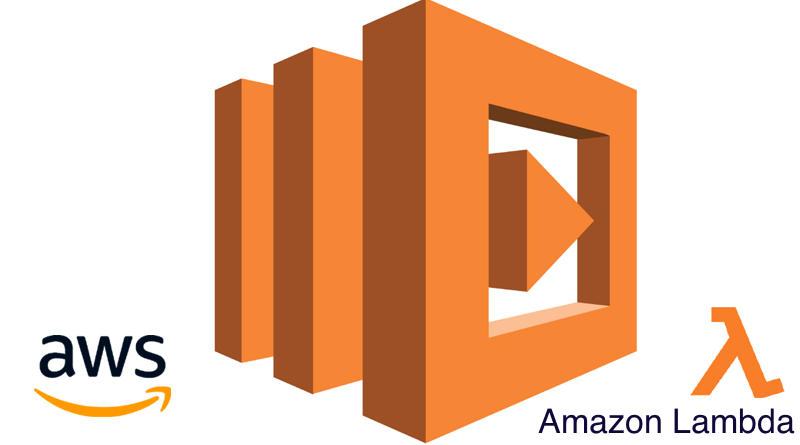Benefits of Using Amazon Web Service Lambda
What is Amazon Web Service Lambda (AWS Lambda)
AWS Lambda is a new service provided by AWS (Amazon Web Service) announced in November 2014. By using AWS Lambda you can do application development etc.. without building infrastructure. It manages underlying compute resources and is a serverless compute service.
It is a brand-new way to build and run applications in the cloud, and it enables one to take advantage of its own existing programming skills and knowledge of Amazon Web Service (AWS). AWS Lambda is application development regardless of type, and construction and development of backend service. Also, the programming languages that can run AWS Lambda are Node.js, Java, C #, Python.
AWS Lambda is active when it is time to develop speedily and to do work efficiently. Because AWS Lambda does not require you to set up the OS or language environment, and you just finish the work by uploading the Lambda function.
Also, with AWS Lambda, application development can be done just by writing the code of the specified programming language, so the time spent for infrastructure construction etc. can be used for other things such as UI / UX design etc.
What is Serverless
Services like AWS Lambda and Cloud Functions execute logic = functions written in Python, Go etc in the cloud. The cloud side manages the infrastructure necessary for processing execution. Since it can be said to be a service which made function execution managed, it is called Function-as-a-Service (FaaS).
One of the big advantages of the serverless architecture is the flexibility of securing resources. In the serverless API, the request to one API is execution of one Lambda function. Therefore, at least 128 MB of memory is reserved for each request processing.
Using AWS Lamda
With AWS Lambda it is possible to execute processing with some kind of event triggered. Upon receiving events such as uploading files to bucket of Amazon Simple Storage Service (Amazon S3), messages arriving in Amazon Kinesis stream, updating tables in Amazon DynamoDB, automatically execute preprogrammed code can do.
Monitoring
AWS Lambda monitors the execution of each Lambda function and stores the metrics of request count, delay, availability and error rate in Amazon CloudWatch. The metrics can also be viewed as a graph on the dashboard on the AWS Lambda console. Runtime logs are stored in Amazon CloudWatch Logs and can be referenced at a later time.
Benefits of Using Amazon Web Service Lambda
Infrastructure Management Not Required
It is a platform that does not require infrastructure management. There is no need to set up, startup, or monitor Amazon EC 2 instances. In addition to setting up the OS and language environment, it is also unnecessary to consider scales and fault tolerance for unpredictable requests. The user only uploads the developed code as the Lambda function, and AWS Lambda handles all the capacity, scales and so on.
Pay-As-You-Go System
AWS Lambda’s pricing structure is not flat-rate but is based on billing. It is also a great merit that the upper limit for free use is high.
Automatic Control of Scale
AWS Lambda automatically controls the scale according to the event generation rate. One can handle multiple requests per hour without being totally conscious of anything. Therefore, users do not need to think about provisioning server resources and deploying applications. With the automatic scaling function, there is no wasteful cost and suddenly server down is hard to occur even if there is a lot of access.
Detailed Fee Structure
AWS ‘s feature of usage-based billing is reflected more strongly. It has a very thorough pricing structure charged for processing time and request in 100-millisecond increments.




